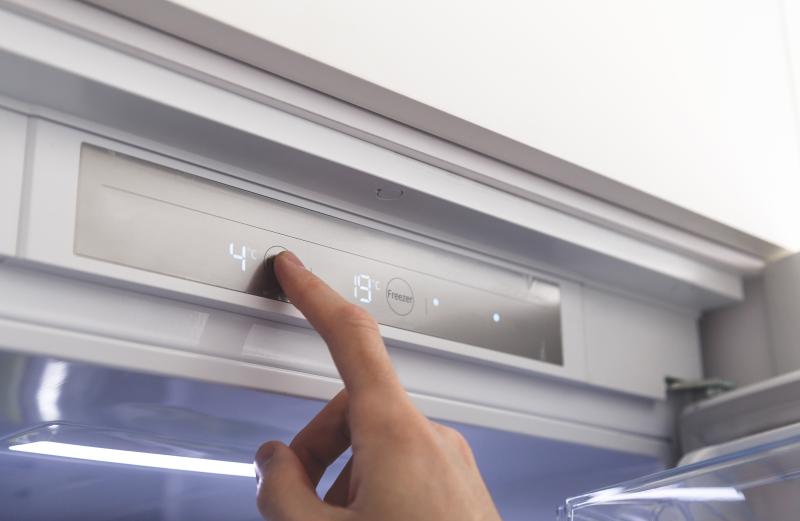Tips for using less electricity
Around a third of all energy consumption in Switzerland occurs in private households. Find out how you can reduce your household electricity consumption – and save both energy and money.
Tip 1: fully switch off appliances
Most household appliances are only actively used for one or two hours a day. This means that they often consume more electricity while in stand-by mode than they do during active use. Turning off your appliances completely can save you a lot of energy and money. Modems, routers, printers, computers and other appliances can be completely disconnected from the mains in a flash by using a cable connector with an on/off function.
Extra tip: unplug your charging cable
Leaving charging cables plugged in for the sake of convenience can add up to several kilowatt hours of wasted energy per cable. Some batteries may also deteriorate due to overcharging, while poorly insulated charging cables can cause brief power surges or overheating.
Tip 2: be energy-efficient with your lighting
Old-style lightbulbs used to gobble up electricity, but low-energy bulbs have been the only ones on the market since 2012, making the sustainable choice effortless. But don’t forget about how this lighting is used. For example, turn off the light in your corridor or kitchen when you’re in the living room.
Extra tip: choose sustainable decorations
Lighting is often used for decorative effect – think about fairy lights, for instance. However, these actually use a lot of electricity without really illuminating the room. Buy solar-powered fairy lights or choose something else to decorate your home.
Tip 3: check your fridge and freezer
The optimum fridge temperature is between 5 and 7 degrees Celsius, while your freezer should be around -18 degrees Celsius. If the temperature gauge shows a lower figure, adjust your fridge’s settings to be a little bit warmer.Extra tip: de-icing is worth your while!
As soon as a thick layer of ice forms, it’s time to de-ice your fridge or freezer – otherwise, it will be using unnecessary energy.
Tip 4: make energy-efficient purchases
These days, almost all appliances come with an energy label. The energy-efficiency scale runs from green to red and is also identified through the letters A to G, so you can see at a glance which household devices are actually energy-saving. The top class (green + letter A) always represents the lowest consumption.
The Energy Star label is given to energy-saving electronic devices like computers, modems and printers. So check out the label on products to help you recognise and select energy-efficient devices when you’re shopping.
The size of a computer or TV screen also impacts electricity consumption: the bigger it is, the higher its consumption.
Tip 5: is it worth repairing?
Deciding whether it’s worth repairing an electronic device or better to buy a new one will depend on a number of factors. Generally speaking, broken devices more than 12 years old use a lot of electricity and should be replaced with more energy-efficient ones. If your appliance isn’t that old, though, it’s usually worth repairing it.
Tip 6: save energy when doing the housework
A substantial chunk of the energy we use at home is for cooking and washing. Our smart cooking and washing tips explain how you can save lots of energy here.
